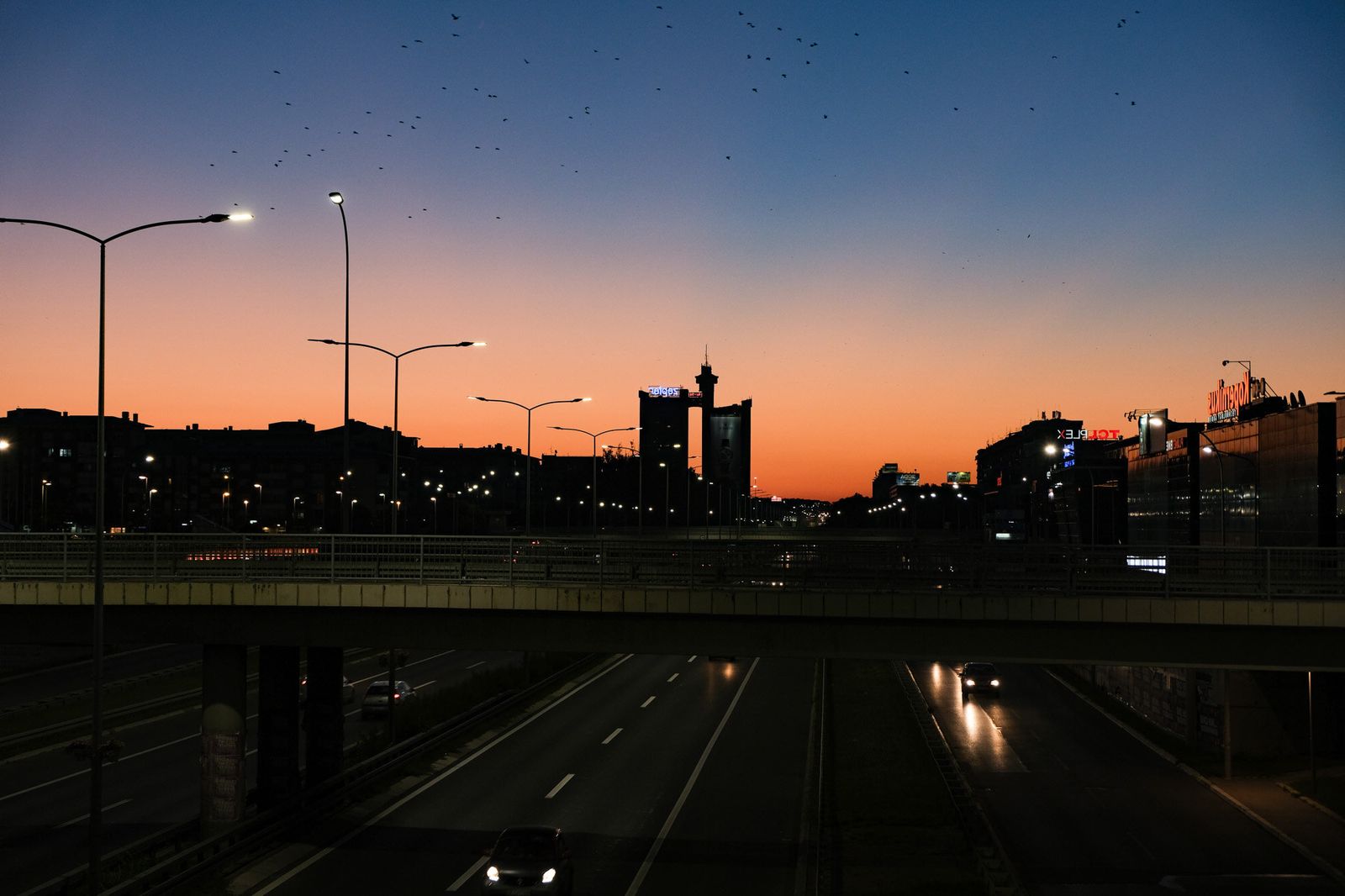
Serbia, a country in Southeast Europe, boasts a rich history and vibrant culture. Nestled in the Balkans, it offers a blend of Eastern and Western influences. Did you know Serbia is home to the world's largest Orthodox church, the Church of Saint Sava? Belgrade, its capital, is one of Europe's oldest cities, with a history spanning over 7,000 years. Serbia's landscapes range from the fertile plains of Vojvodina to the rugged mountains of the Dinaric Alps. Serbian cuisine tantalizes taste buds with dishes like ?evapi and sarma. Sports enthusiasts might recognize Serbia for its tennis stars like Novak Djokovic. Ready to learn more? Let's dive into 25 fascinating facts about Serbia!
Key Takeaways:
- Serbia's diverse landscapes, including the Danube River and Carpathian mountains, offer stunning natural beauty and outdoor adventures for visitors to explore and enjoy.
- From Novak Djokovic's tennis prowess to the vibrant EXIT music festival, Serbia's rich history, culture, and sports achievements make it a fascinating destination with something for everyone to experience and celebrate.
Geography and Nature
Serbia, a landlocked country in Southeast Europe, boasts diverse landscapes and a rich natural heritage. Let's dive into some fascinating geographical and natural facts about this beautiful nation.
- Serbia is home to the Danube River, the second-longest river in Europe, which flows through the capital city, Belgrade.
- The country features the Carpathian and Balkan mountain ranges, offering stunning vistas and outdoor activities.
- Tara National Park, located in western Serbia, is known for its dense forests, deep canyons, and the Drina River.
- Serbia has over 300 natural springs, many of which are believed to have healing properties.
- The Iron Gates, a gorge on the Danube River, forms a natural border between Serbia and Romania.
History and Culture
Serbia's history is rich and complex, with influences from various civilizations. Its culture reflects a blend of Eastern and Western traditions.
- The Roman Emperor Constantine the Great was born in Niš, a city in southern Serbia.
- Serbia was part of the Ottoman Empire for nearly 500 years, which has left a lasting impact on its culture and architecture.
- The medieval Serbian Orthodox monasteries, such as Studenica and Ži?a, are UNESCO World Heritage Sites.
- The Serbian language uses both Cyrillic and Latin alphabets, making it unique among Slavic languages.
- Kolo, a traditional Serbian folk dance, is performed at celebrations and festivals across the country.
Food and Cuisine
Serbian cuisine is hearty and flavorful, influenced by Mediterranean, Hungarian, Turkish, and Austrian culinary traditions. Here are some mouth-watering facts about Serbian food.
- ?evapi, grilled minced meat sausages, are a popular dish often served with flatbread and onions.
- Ajvar, a red pepper and eggplant relish, is a staple in Serbian households.
- Rakija, a fruit brandy, is the national drink of Serbia, with plum rakija (šljivovica) being the most famous variety.
- Sarma, cabbage rolls stuffed with minced meat and rice, is a traditional Serbian comfort food.
- Kajmak, a creamy dairy product, is often enjoyed with bread or grilled meats.
Sports and Achievements
Serbia has a strong sports culture, producing many world-class athletes and achieving significant success in various sports.
- Novak Djokovic, one of the greatest tennis players of all time, hails from Serbia.
- The Serbian national basketball team has won multiple European and World Championship titles.
- Water polo is a popular sport in Serbia, with the national team consistently ranking among the best in the world.
- Serbia has a rich tradition in football, with Red Star Belgrade winning the European Cup in 1991.
- The country has produced numerous Olympic medalists in sports such as wrestling, shooting, and volleyball.
Festivals and Celebrations
Serbia is known for its vibrant festivals and celebrations, which showcase its rich cultural heritage and traditions.
- The EXIT Festival, held in Novi Sad, is one of Europe's largest music festivals, attracting international artists and visitors.
- Gu?a Trumpet Festival, a celebration of brass band music, takes place annually in the town of Gu?a.
- Slava, a unique Serbian Orthodox tradition, involves the celebration of a family's patron saint with a feast and rituals.
- The Belgrade Beer Fest, one of the biggest beer festivals in Southeast Europe, features local and international brews.
- The Draga?evo Assembly of Trumpet Players, another major music event, highlights traditional Serbian brass music.
Serbia's Unique Charm
Serbia's rich history, vibrant culture, and stunning landscapes make it a fascinating destination. From the ancient Roman ruins to the lively festivals, there's always something to discover. The country's diverse cuisine, blending Eastern and Western flavors, offers a culinary adventure for food lovers. Serbia's natural beauty, with its mountains, rivers, and national parks, provides endless opportunities for outdoor activities.
The warm hospitality of the Serbian people adds to the country's appeal, making visitors feel welcome and at home. Whether you're exploring the bustling streets of Belgrade or the serene countryside, Serbia's unique charm is undeniable.
So, pack your bags and get ready to experience all that Serbia has to offer. Whether you're a history buff, a foodie, or an adventure seeker, Serbia has something for everyone. Enjoy your journey through this captivating country!
Frequently Asked Questions
Was this page helpful?
Our commitment to delivering trustworthy and engaging content is at the heart of what we do. Each fact on our site is contributed by real users like you, bringing a wealth of diverse insights and information. To ensure the highest standards of accuracy and reliability, our dedicated editors meticulously review each submission. This process guarantees that the facts we share are not only fascinating but also credible. Trust in our commitment to quality and authenticity as you explore and learn with us.


